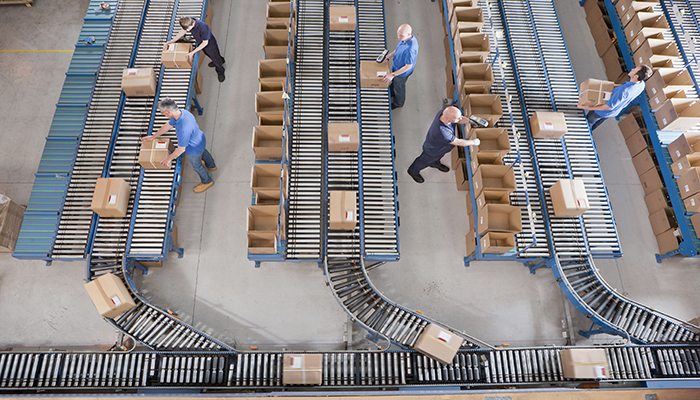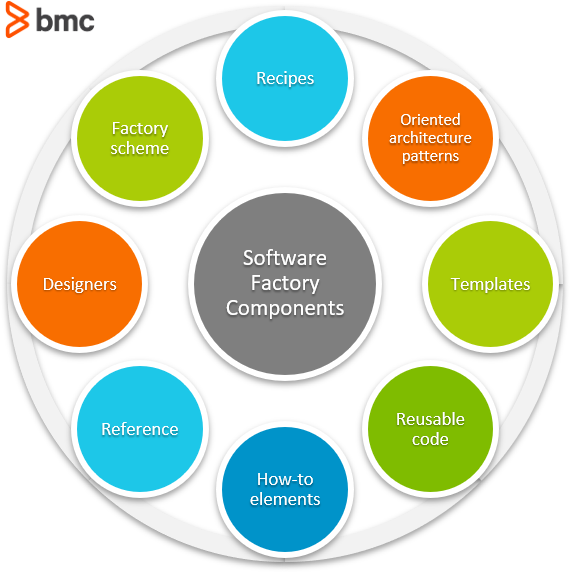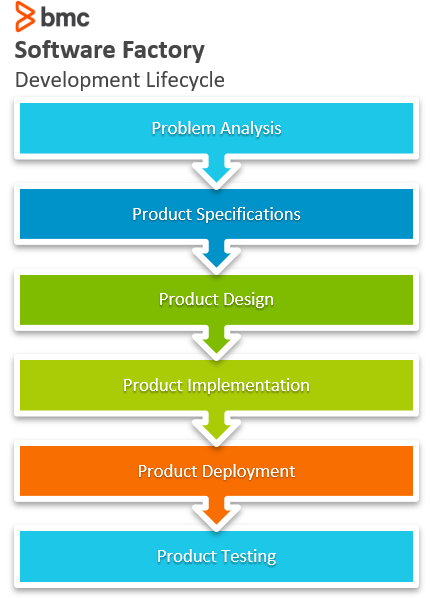How & Why To Become a Software Factory


When it comes to software development, you’ve likely already evolved from Waterfall approaches to more modern, DevOps-based approaches.
But an even more mature approach to software development is the software factory. Initially a lofty goal, becoming a software factory is something that companies across all industries are considering as a means to getting quality software to market sooner.
Is your company pushing streamlined, clean software on a regular basis? If not, becoming a software factory—and embracing the factory’s core concepts of AI and machine learning—is something to consider.
So, let’s take a look at the software factory concept.
Companies like Google and Netflix have set the gold standard in software development, with many updates and releases pushed daily in order to fix bugs, strengthen code, introduce new features, and handle unpredictable scaling.
This factory approach to software—churning out new software quickly, easily, and frequently—is called a software factory. Software factories roll out high-quality products and features, using lean code, that quickly enhance your business. (Software factories can closely relate to SAFe environments, too.)
A software factory relies on reducing the amount of interaction from developers so they can focus on higher-level technical challenges within the organization, such as:
Today, companies across all industries are trying to become more like these leading tech companies. Essential to this approach are:
With these components in place, you’ll next look to automation. Automation is essential to creating a software development process that works much like an assembly line of software creation—hence, a software factory. Automation can apply to a number of dev practices, like continuous integration/delivery (CI/CD) and automated testing.
Typically, a software factory consists of proprietary tools, processes, and components packaged together. This package offers templates and code that you can easily arrange and process to create a program quickly—with little original code required. Of course, software engineers still must interact with the product to ensure it does what it is supposed to do and doesn’t have bugs or other issues, but when you create or update an app quicker, you have time to shift your testing left.
A well-functioning software factory implies a well-functioning internal development team that works hard on shared goals with operations team members, creating features that impact the entire business unit. This harmonious environment is conducive to:
All and all, implementing a software factory with machine learning and artificial intelligence helps enterprise businesses achieve this goal.
Deepak Seth’s article in CIO—How’s the 'software factory' going?—calls software factory the “holy grail” of enterprise software development performance. Seth suggests that, with QA teams “squeezed to the breaking point,” smart automation is the future because it reduces the burden on teams responsible for testing applications.
In addition to creating a better work environment for dev teams overwhelmed by high software production goals, creating a software factory is the most efficient use of enterprise resources because it ensures that:
Continuous improvement is a foundational pillar of DevOps. When you deploy smart automation to accomplish software factory goals, teams deliver on a commitment to always improve and provide faster, more comprehensive services and upgrades to customers when and where they need them.
These components comprise a software factory:

Below is the product development lifecycle:

First, determine whether the product scope makes sense for a software factory and can be implemented successfully. Understand two key components:
Next, define the scope. Using machine learning the software factory will compare product specifications against previous products to draw inferences about the most efficient development strategies that can be automated.
Then, automated programs can map differences between two designs and update based on changes in scope.
The various mechanisms that can be used to develop the implementation depends on the extent of the differences in implementation between existing products.
Deploy or reuse existing constraints for default deployment and configuration of the resources required to install and execute the product.
Finally, smart automation can create and reuse testing components (such as test cases, data sets, and scripts) and implement instrumentation and measurement tools that offer important data output.
Follow these tips for more success, sooner, in your software factory.